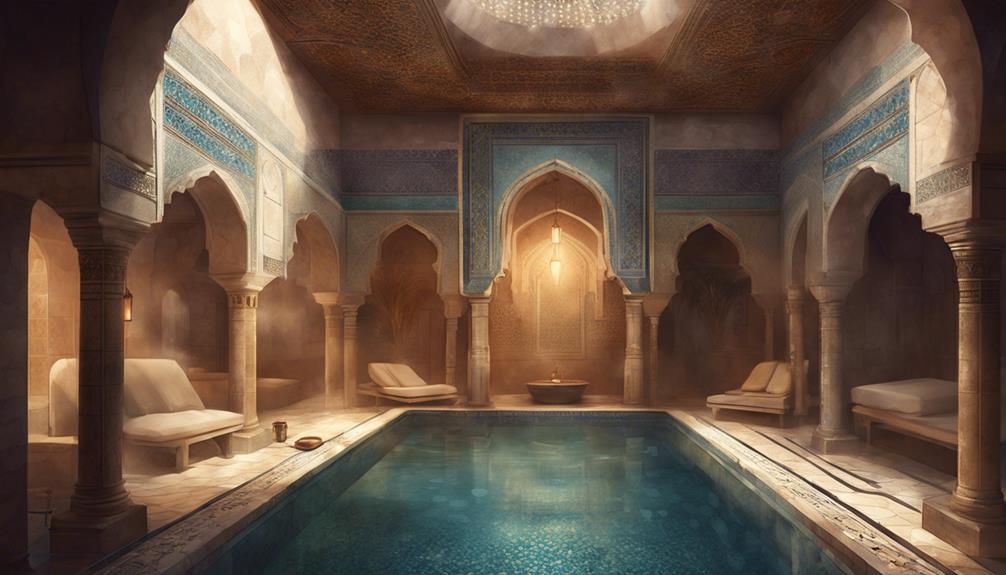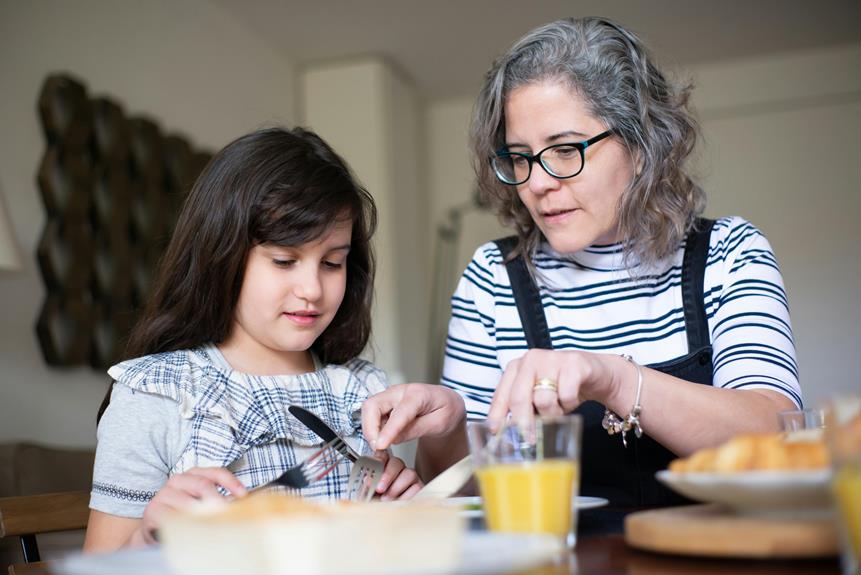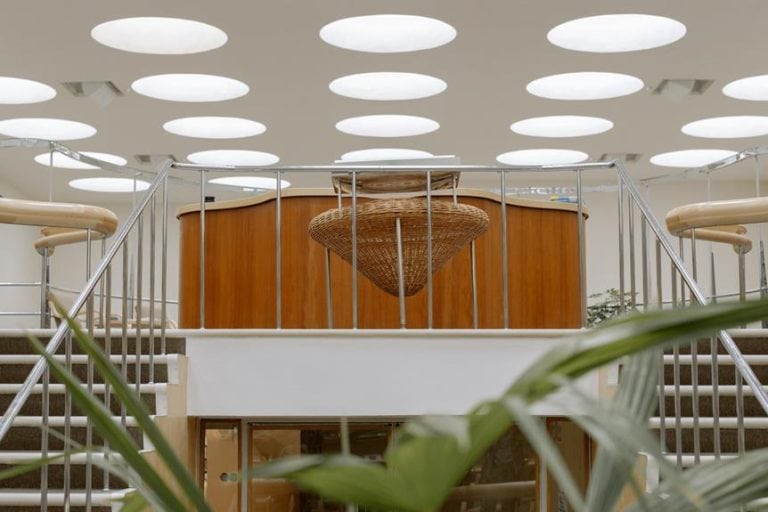Global Guide to Traditional Sauna Etiquette
Sauna etiquette is like a cultural dance, where every step has meaning and purpose. It's fascinating to explore the various customs and traditions that exist around the world when it comes to this ancient form of relaxation.
From the naked saunas of Germany to the birch branches of Russian Banyas, each country has its own unique rules and rituals. So, if you're curious to uncover the secrets of sauna etiquette from different corners of the globe, join me on this journey as we dive into the fascinating world of traditional sauna customs.
Key Takeaways
- Sauna etiquette varies across cultures, with nudity being common in Finnish, German, and Turkish saunas.
- Socializing is encouraged in Finnish and Russian saunas, fostering camaraderie and community.
- Cleanliness and hygiene practices are important in Japanese onsens, including thorough body cleaning and respect for cleanliness.
- Traditional cleansing rituals are offered in Finnish, Russian, and Turkish saunas, as well as hammams in Turkey and Morocco.
Sauna Etiquette in Germany, Austria, and Finland
Sauna etiquette in Germany, Austria, and Finland embraces a unique blend of nudity, silence, and socializing, creating a tranquil and relaxing atmosphere for all sauna-goers. In these countries, saunas are more than just a place to sweat; they're a cultural experience.
When it comes to sauna etiquette, one must be prepared to shed their inhibitions along with their clothing. Nudity is the norm in German, Austrian, and Finnish saunas, with only a towel for cover-up. This may seem intimidating at first, but it quickly becomes liberating as you realize that everyone is in the same boat.
The focus in German saunas is on silence and tranquility, with talking kept to a minimum to create a serene atmosphere. In Finland, on the other hand, socializing is encouraged, with saunas often serving as a meeting place for friends and family.
In both countries, saunas are seen as a place to relax and unwind, where the stresses of everyday life can be left behind. So, if you find yourself in Germany or Finland, don't be afraid to embrace the local sauna etiquette and let yourself truly relax and rejuvenate.
Russian Banya Customs

Stepping into a Russian banya is like entering a realm where socializing intertwines with the invigorating power of heat and the refreshing coolness of the main hall. The customs of the Russian banya are unique and offer a delightful and rejuvenating experience.
- Birch branches: In a Russian banya, birch branches play a significant role. These branches are used for circulation enhancement. Bathers gently pat themselves and others with these branches, stimulating blood flow and invigorating the body.
- Socializing: Socializing is an essential aspect of the Russian banya experience. People gather in the main hall, sharing stories, laughter, and sometimes even enjoying a drink together. It's a time for connection and relaxation, where friendships are forged and strengthened.
- Communal bathing: Russian banyas offer a communal experience. Bathers sit together, enjoying the heat and steam, and then cool off in the main hall. This shared experience creates a sense of camaraderie and community. It's a time to bond with others and embrace the traditions of communal bathing.
The Russian banya is a place where the power of heat, the refreshing coolness of the main hall, and the warmth of social connection come together. It's an experience that invigorates the body, rejuvenates the mind, and leaves you feeling refreshed and energized.
Japanese Onsen Etiquette

When visiting a traditional Japanese onsen, one quickly becomes aware of the meticulous attention to cleanliness and respect for others that's deeply ingrained in the etiquette of these serene bathing establishments. The onsen experience isn't just about relaxation; it's a harmonious blend of sauna and water therapy, where every action is carefully executed to create an atmosphere of tranquility and rejuvenation.
Etiquette in Japanese onsens begins even before entering the baths. Thorough cleaning of the body is a strict rule, as it ensures hygiene and respect for others. Once inside, the separation of cleaning and soaking stages is a key aspect of onsen bathing. This emphasizes the importance of cleanliness before immersing oneself in the healing waters. As I observed, bathers meticulously scrub their bodies before entering the hot springs, creating a sense of purification and renewal.
Another important aspect of onsen etiquette is the requirement to remove all clothing before entering the baths. This tradition allows for a fully immersive experience, where one can fully embrace the healing properties of the water. Walking through the onsen, I noticed designated areas for storing shoes at the entrance. This practice not only maintains cleanliness but also demonstrates respect for the space and the other bathers.
In some onsens, it's worth noting that tattoos may be frowned upon due to their associations with the Yakuza. However, this isn't a universal rule and depends on the specific establishment. It's always advisable to research and respect the rules of each onsen before visiting.
Hammam Traditions in Turkey, Morocco, and the UAE

In the hammams of Turkey, Morocco, and the UAE, a rich tapestry of traditions unfolds, offering a rejuvenating and immersive bathing experience steeped in cultural heritage. Here are three key aspects of hammam traditions in these countries:
- Segregated Areas: Turkish hammams typically offer separate areas for men and women, allowing them to enjoy the experience in a comfortable and relaxed environment. This segregation ensures privacy and creates a space where individuals can fully embrace the hammam rituals without any inhibitions.
- Nudity Accepted: One unique aspect of hammam culture is the acceptance of nudity. In both Turkey and Morocco, it's customary for bathers to be fully naked while experiencing the cleansing rituals. This tradition reflects the belief in the healing power of water and the importance of purifying both the body and the soul.
- Traditional Cleansing Rituals: Hammams in Morocco provide a special treat with a traditional cleansing ritual performed by hammam masseuses. These skilled practitioners use a combination of steam, exfoliation, and massage techniques to invigorate the body and leave the skin feeling refreshed and revitalized. The experience isn't only physically cleansing but also deeply relaxing and rejuvenating.
As I delve into the world of hammam traditions, I'm fascinated by the cultural significance and the profound sense of relaxation and purification that these ancient bathing rituals offer. The hammams of Turkey, Morocco, and the UAE provide a unique opportunity to immerse oneself in a timeless tradition while indulging in a truly rejuvenating experience.
Spa Etiquette in North America, Australia, and the UK

As I shift my focus to spa etiquette in North America, Australia, and the UK, I'm intrigued by the cultural norms and practices that shape the experience of indulging in spa treatments in these regions. In North America, Australia, and the UK, spa etiquette is influenced by a combination of factors, including local customs and the desire for relaxation and rejuvenation.
When entering a spa in these regions, one of the first things to consider is the changing room. Customers are often provided with disposable underwear to wear during treatments, ensuring comfort and modesty. After changing, it's common to don a plush robe, which serves as a form of coverage in between treatments.
Once inside the treatment room, silence is generally respected. This allows for a peaceful and tranquil environment, enhancing the overall spa experience. The spa staff in these regions are highly trained professionals who strive to provide top-notch service, and tipping for their services is customary. However, it's important to note that specific guidelines for tipping and behavior may vary slightly between North America, Australia, and the UK.
Cultural Differences in Sauna Etiquette

Sauna etiquette varies across cultures, reflecting unique traditions and practices that shape the experience of this ancient bathing ritual. Here are three examples of cultural differences in sauna etiquette:
- In Finland, sauna sessions are a deeply ingrained part of the culture. Nudity is widely accepted, emphasizing the natural and egalitarian aspect of sauna bathing. It's common for families, friends, and even colleagues to gather together in the sauna, creating a sense of togetherness and relaxation.
- German saunas, on the other hand, prioritize silence. There are strict rules against loud talking, humming, or singing. The focus is on tranquility and allowing individuals to fully immerse themselves in the rejuvenating heat. It's a time for introspection and self-reflection.
- Russian banyas are known for their social atmosphere. Birch branches are used for skin stimulation, and people often take turns lightly whipping themselves or their companions. This practice is believed to improve circulation and enhance the sauna experience. The banya is a place for bonding and camaraderie, where conversations and laughter are encouraged.
These examples highlight the diverse ways in which sauna etiquette varies around the world. Understanding and respecting these cultural differences can greatly enhance one's sauna experience and ensure a harmonious environment for all participants.
Frequently Asked Questions
What Is Proper Sauna Etiquette?
Proper sauna etiquette involves showering before entry, wearing swimwear or a towel, sitting on a towel to maintain hygiene, staying hydrated, and being respectful of others. Sauna dos and don'ts vary around the world.
What Do Europeans Wear in Sauna?
In Europe, we embrace the traditional sauna experience by wearing nothing or just a towel. It's a cultural norm that promotes relaxation and detoxification. Nudity is widely accepted, reflecting the unique sauna culture in Europe.
What Is the Dutch Etiquette for Saunas?
In Dutch saunas, nudity is the norm and bathing suits are not typically worn. Dutch sauna culture places a strong emphasis on cleanliness, with guests expected to shower before entering saunas. Separate saunas are available for men and women.
Do You Wear Clothes in a Public Sauna?
I don't wear clothes in a public sauna. It's a nudity debate, but cultural differences play a role. Embracing body positivity, being naked promotes relaxation and enhances the overall sauna experience.
Conclusion
After exploring the diverse sauna etiquettes around the world, it's evident that these customs reflect the unique cultural values and traditions of each region.
From the tranquil silence in German saunas to the invigorating use of birch branches in Russian Banyas, each practice adds its own flavor to the sauna experience.
Just as the saying goes, 'When in Rome, do as the Romans do,' embracing and respecting these customs allows for a deeper appreciation of the bathing cultures worldwide.







